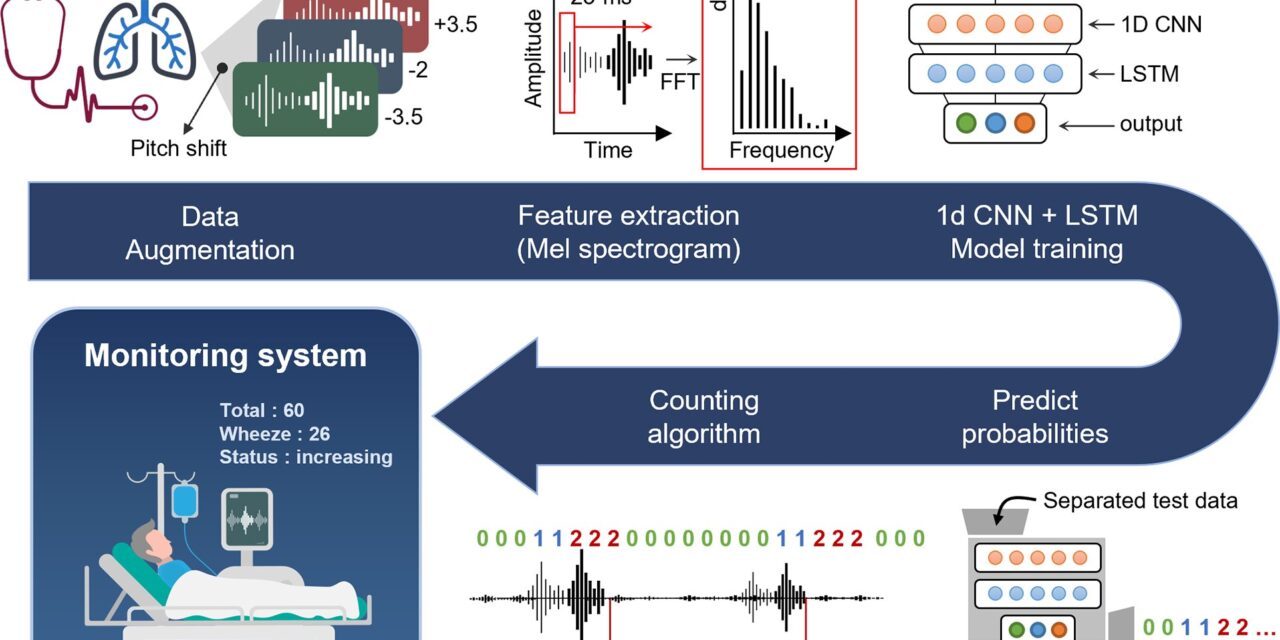Researchers from the University of Texas at Dallas, in collaboration with international colleagues, have devised an algorithm capable of providing early alerts for the onset of asthma attacks or other respiratory issues. Published in the journal PLOS ONE, the algorithm monitors real-time breathing patterns, specifically analyzing the frequency of wheezes, with the aim of integrating this technology into a wearable device for continuous monitoring.
Led by Dr. Dohyeong Kim, professor of public policy, geospatial information sciences, and social data analytics, the multidisciplinary team included physicians, environmental scientists, engineers, and artificial intelligence (AI) technicians from South Korea.
Respiratory diseases like asthma, chronic obstructive pulmonary disease, and infections such as pneumonia pose significant health risks globally. The team recognized the need for continuous monitoring of breathing conditions to prevent symptoms and detect respiratory diseases early.
Currently, medical professionals rely on stethoscopes to listen for abnormal breathing sounds, a method that requires expertise and may lead to misdiagnoses. The developed algorithm, trained on a dataset of 535 respiration cycles, utilizes deep-learning techniques to predict breathing indicative of asthmatic symptoms.
The algorithm not only identifies abnormal breathing sounds but also captures comprehensive data, including atypical patterns, allowing for accurate symptom monitoring over extended periods. Dr. Kim emphasized the algorithm’s potential to revolutionize research on predicting lung diseases based on long-term breathing patterns.
Once integrated into wearable devices, the technology can be utilized in clinical and nonclinical settings, enabling on-the-go detection and remote intervention. Dr. Kim highlighted the straightforward yet effective nature of the wheeze-counting method, which holds promise for automatic symptom monitoring and early intervention.
The researchers envision combining real-time air pollution data with breathing sounds in wearable devices to provide a comprehensive understanding of the association between air quality and respiratory symptoms.
In summary, the algorithm’s development marks a significant step toward enhancing respiratory health monitoring, offering the potential for early detection and intervention in asthma attacks and other respiratory conditions.












